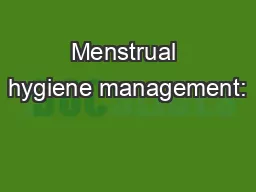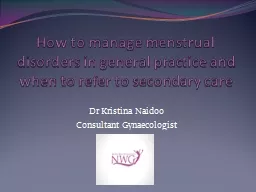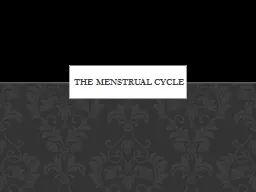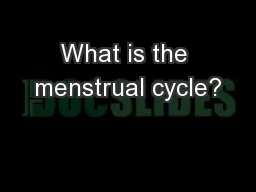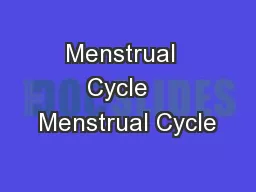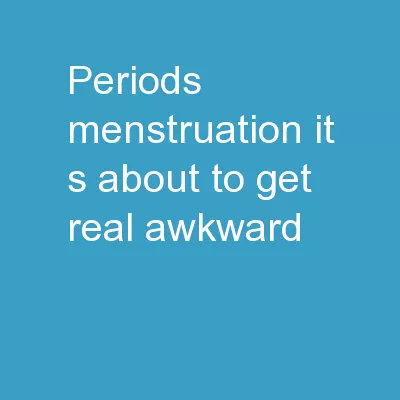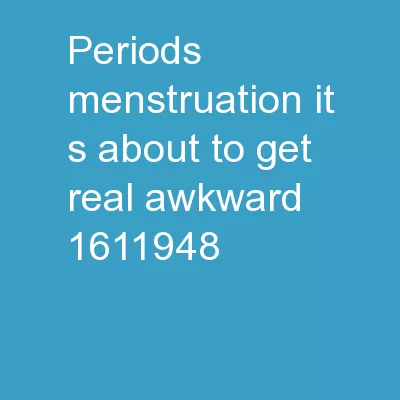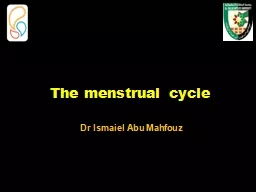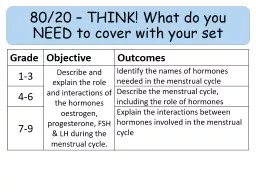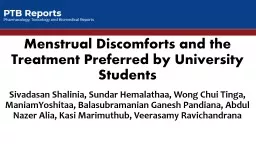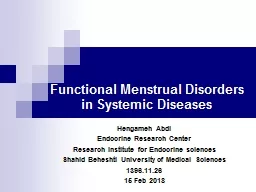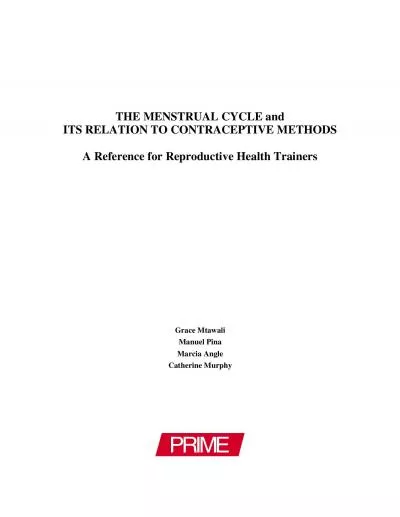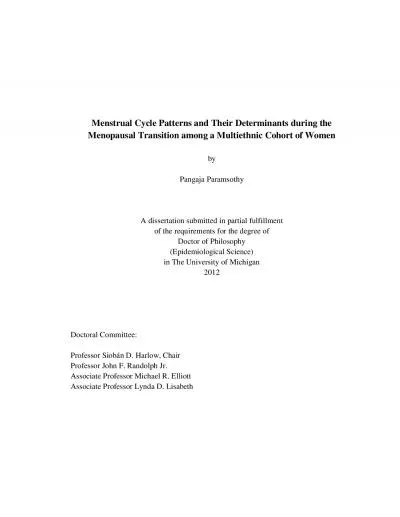PDF-Period Tracker What age did your x00660069rst menstrual cycle be
Author : daniella | Published Date : 2022-09-08
MM 149 YY MM 149 YY MM 149 YY MM 149 YY w old are you now w many days does your period last 149 w long is your menstrual cycle one period to the start of the nextReproductive
Presentation Embed Code
Download Presentation
Download Presentation The PPT/PDF document "Period Tracker What age did your x006600..." is the property of its rightful owner. Permission is granted to download and print the materials on this website for personal, non-commercial use only, and to display it on your personal computer provided you do not modify the materials and that you retain all copyright notices contained in the materials. By downloading content from our website, you accept the terms of this agreement.
Period Tracker What age did your x00660069rst menstrual cycle be: Transcript
Download Rules Of Document
"Period Tracker What age did your x00660069rst menstrual cycle be"The content belongs to its owner. You may download and print it for personal use, without modification, and keep all copyright notices. By downloading, you agree to these terms.
Related Documents

